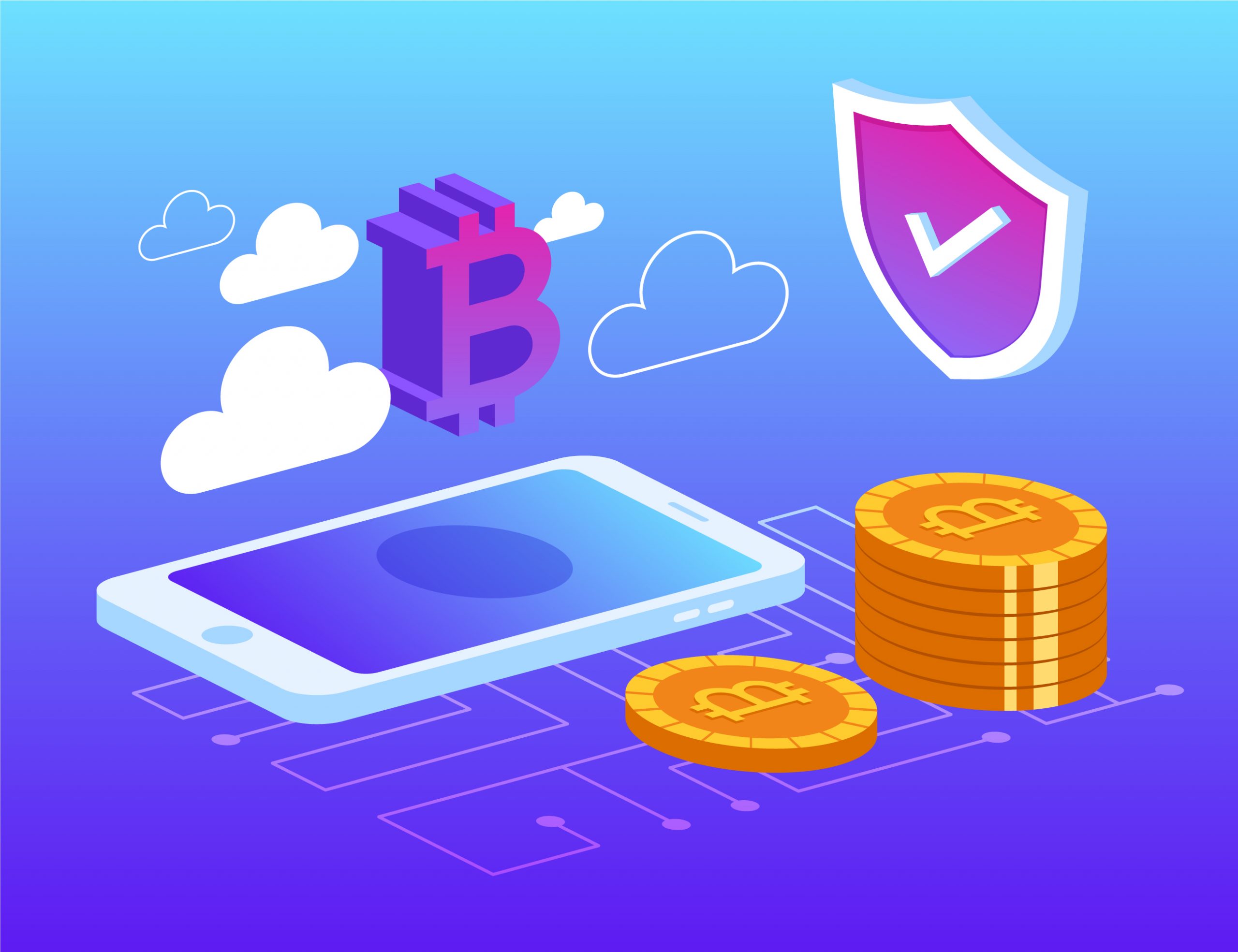In recent years, the digital payments landscape has undergone significant changes. Traditional payment systems, such as credit cards, bank transfers, and even mobile wallets, have been the norm for transferring money across the globe. However, with the rise of blockchain technology, a new paradigm is emerging: Blockchain Payfi. This revolutionary concept combines the efficiency and transparency of blockchain with the convenience of digital payment systems, reshaping the way businesses and consumers think about and conduct transactions.
In this article, we will explore how Blockchain Payfi is transforming digital payments and the future potential it holds for global financial systems.
What is Blockchain Payfi?
Blockchain Payfi refers to the use of blockchain technology to facilitate digital payments and financial transactions. Blockchain, known for its decentralized and immutable ledger system, ensures that each transaction is secure, transparent, and tamper-proof. When integrated into digital payment platforms, blockchain can significantly reduce transaction costs, improve security, and streamline the payment process.
Blockchain Payfi leverages distributed ledger technology (DLT) to allow peer-to-peer transactions without the need for intermediaries, such as banks or payment processors. This makes it easier for businesses and consumers to engage in seamless, low-cost payments globally. Payfi, a portmanteau of “payment” and “finance,” encapsulates the role of blockchain in revolutionizing the payment industry by offering secure, instantaneous, and scalable solutions.
Key Features of Blockchain Payfi
- Decentralization: Blockchain Payfi removes the need for centralized intermediaries. By using a decentralized network, payment transactions can occur directly between parties, reducing the need for costly third-party services and making payments more efficient.
- Transparency: Every transaction made on a blockchain is recorded on a public ledger, visible to all participants in the network. This transparency allows for easy auditing of transactions and provides confidence to users about the integrity of the payment system.
- Security: Blockchain’s cryptographic security ensures that transactions are highly secure. Each block in the chain is encrypted and linked to the previous one, making it nearly impossible for any unauthorized party to alter or hack the system. This level of security is particularly beneficial for digital payments, where sensitive financial data is often exchanged.
- Lower Transaction Fees: Traditional payment systems involve various intermediaries, each of which charges fees for their services. Blockchain Payfi eliminates many of these intermediaries, reducing the costs associated with processing payments. This reduction in fees makes blockchain-based digital payments attractive for both businesses and consumers.
- Faster Transactions: Blockchain Payfi can facilitate instant transactions, especially when cross-border payments are involved. Traditional international payments often take several days to process due to banking hours, regulatory checks, and time zone differences. Blockchain allows for 24/7 transactions with reduced delays, enabling businesses and individuals to send and receive money faster.
The Role of Blockchain Payfi in Cross-Border Payments
One of the most exciting areas where Blockchain Payfi is having a significant impact is in cross-border payments. Traditionally, international transactions have been time-consuming and expensive due to the involvement of multiple intermediaries, foreign exchange fees, and lengthy processing times. With Blockchain Payfi, cross-border payments can be conducted directly between parties, bypassing these traditional bottlenecks.
The ability to conduct seamless international transactions without relying on banks or payment providers can revolutionize global trade. Whether it’s small businesses making international purchases or individuals sending remittances to family members overseas, Blockchain Payfi provides a faster, cheaper, and more efficient alternative to traditional payment systems.
Blockchain Payfi and Cryptocurrency Integration
Blockchain Payfi also paves the way for easier integration with cryptocurrency payments. As cryptocurrencies like Bitcoin, Ethereum, and others gain traction in the financial world, integrating them into digital payment systems becomes crucial for global adoption.
By enabling seamless cryptocurrency transactions, Blockchain Payfi allows businesses to accept digital currencies directly in exchange for goods and services. This reduces the reliance on traditional fiat currencies and can be especially advantageous in regions where access to banking services is limited or where inflationary pressures have made local currencies unstable.
Moreover, cryptocurrency transactions on the blockchain are often faster and more cost-effective than traditional banking systems, making them an ideal choice for a growing number of online businesses.
Improving Financial Inclusion
Blockchain Payfi is also helping to drive financial inclusion. Many people around the world still lack access to traditional banking services, especially in remote or underdeveloped regions. Blockchain’s decentralized nature allows individuals to make and receive payments without needing to open a bank account or rely on expensive intermediaries.
For instance, people in developing countries can use blockchain-based payment systems to send and receive money through their mobile phones, without having to worry about high transaction fees or delays typically associated with traditional banking.
By giving people access to secure and affordable digital payment systems, Blockchain Payfi is helping bridge the gap between the banked and the unbanked, empowering more people to participate in the global economy.
The Future of Blockchain Payfi
The potential of Blockchain Payfi is immense. As more businesses and consumers adopt blockchain-based payment systems, the future of digital payments will likely be shaped by this technology. Blockchain Payfi will not only disrupt traditional financial systems but also create new opportunities for innovation in payment processing, smart contracts, microtransactions, and more.
Looking ahead, blockchain-based digital payments could become the norm, with a growing number of industries—such as retail, healthcare, and real estate—integrating blockchain Payfi solutions into their payment systems. Furthermore, as more governments and regulatory bodies recognize the value of blockchain for digital payments, we can expect to see increased adoption and improved infrastructure supporting these systems.
Conclusion
Blockchain Payfi is undeniably transforming the landscape of digital payments by offering faster, more secure, and transparent solutions. By leveraging the power of blockchain, businesses and consumers can take advantage of lower fees, greater security, and seamless cross-border transactions. With the added benefit of supporting cryptocurrency transactions and driving financial inclusion, Blockchain Payfi is setting the stage for a new era of global payments. As blockchain adoption continues to grow, the future of digital payments looks brighter and more accessible than ever before.
